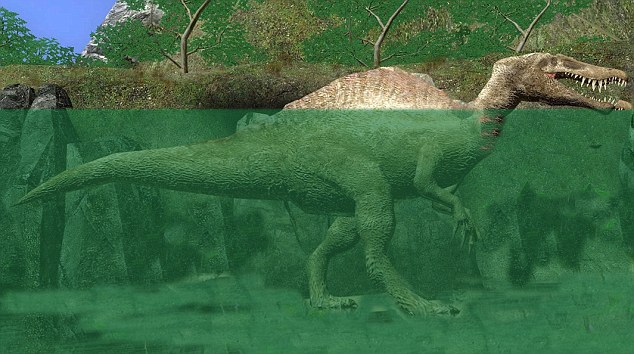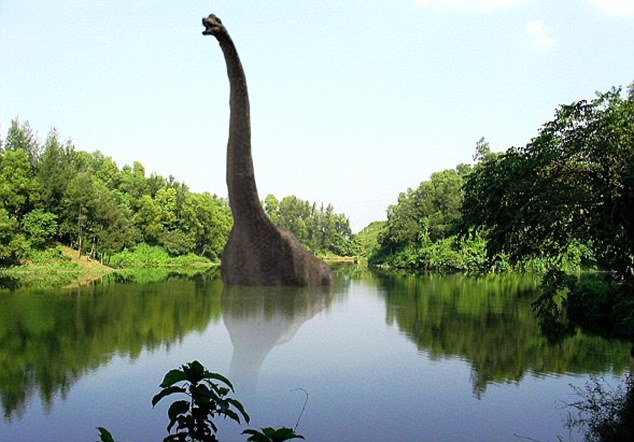LIZZ’S TEAM PICK
Dinosaurs are the coolest ever. Massive 100-ton reptiles with massive tails, ruling the massive world. Some we can picture on four legs, their elongated necks supporting their small heads as they peacefully dip for a drink at a watering hole. Or agile two-legged beasts running around collapsing trees in the forest, pouncing on scurrying prey. But were they really frolicking through the forest? Independent research biologist Brian J Ford says no way. Ford proposed in the science publication Laboratory News that dinosaurs were primarily aquatic creatures.

Ford suggests that the weight would have been too great for a land dinosaur to realistically bare. Additionally, he finds fault in the idea that dinosaurs would have evolved to hold their massive tails off the ground, and yet we see no dragging marks in dinosaur tracks. Ford proposes, instead, that large dinosaurs lived in 15-30 foot lakes with the majority of their body underwater, similar to the the way crocodiles or hippopotamuses immerse themselves.
From Ford’s Article:
We thus have a set of factors that makes the largest dinosaurs seem impracticable as a product of evolution. They are massive, whereas their surviving spoors suggest that they cannot have been so heavy or they would have sunk into the mud across which they walked. They also developed colossal caudal structures which, in conventional portrayals, are held aloft and do not drag on the ground. Finally, and crucial to my understanding of how dinosaurs are supposed to have functioned, they typically evolved to walk erect, thus forcing the hind limbs alone to bear the burden. An adult T. rex is reckoned to have had a mass of up to seven tonnes, which must have been supported by a single limb when the animal moved…. There are many controversies that remain, yet most of the paradoxes that surround the study of the dinosaurs are resolved by making this change in concept. Dinosaurs look more convincing in water, and the physics stands up more soundly. All the while we were speculating in science on those remarkable creatures, this single, crucial factor eluded palaeontologists: dinosaurs were aquatic.
Ford’s ideas have been met with push-back from the paleontological community. Says Dr. Paul Barrett, a palaeontologist at the Natural History Museum in London, “This idea was very popular from around the 1920s, but since the 1960s we have demonstrated with the help of engineering work on load-bearing structures, that dinosaurs had more than enough muscle strength in their legs to get around easily on land. They were engineered for it.”

I’m not going to pretend to be any sort of remote expert on dinosaurs, but I do think they’re cool and we would probably be friends if we ever met. Regardless of where the science lands on this one, Ford’s article is a fascinating read and an interesting exercise in changing one’s imagination viewpoint. At the very least, it’s worth watching Ford’s adorable video introduction.







